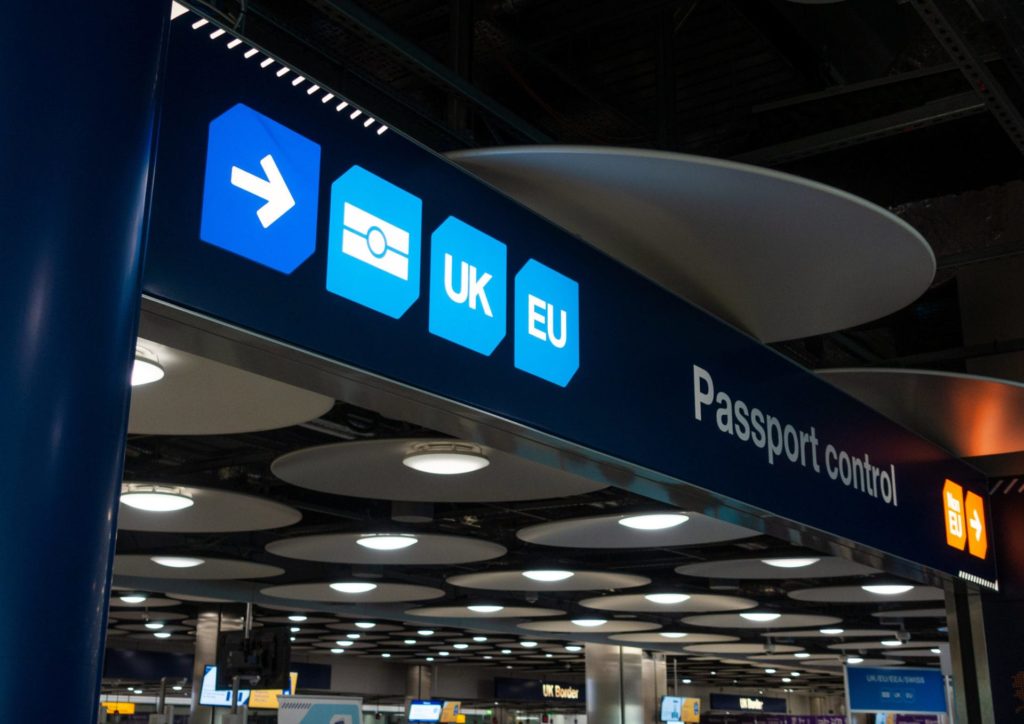
Update: Government launches consultation on calculating holiday entitlement for part-year and irregular hours workers


The Government has launched an open consultation on calculating holiday entitlement for part-year and irregular hours workers following the response to the Supreme Court's decision in Harpur Trust v Brazel. We take a closer look at what the consolation's focus will be and what it could lead to.
Harpur Trust v Brazel
The decision the case of Harpur Trust v Brazel held that holiday entitlement under the Working Time Regulations 1998 for part-year workers who were permanently engaged (e.g. under an ongoing zero hours or term time agreement) should not be pro-rated so it is proportionate to a full time worker. This effectively meant part-year workers had a larger entitlement to annual paid holiday entitlement as a proportion of the hours that they worked. It also meant that the 12.07% short-cut method of calculating holiday entitlement and pay for casual/irregular was no longer reliable.
The Government's consultation
The consultation is designed to address this disparity and seeks to take views on introducing legislation that allows employers to pro-rate entitlement for part-year workers/workers with irregular hours, so they receive proportionate leave in respect to hours worked. The proposal includes introducing a holiday entitlement reference period to ensure holiday entitlement and pay is directly proportionate to time spent working. The consultation accepts that holiday pay and entitlement legislation has become complex and leads to challenges for employers to follow due to changes in case law and that legislation is arguably no longer achieving what was originally intended.
What could this lead to?
It remains to be seen if any legislative changes occur because of this consultation, but we are hopeful it will lead to more clarity (and a more practical working solutions) than the present situation (which gives every permanently engaged worker and entitlement to 5.6 weeks holiday calculated as an average over the last 52 weeks in which they were paid, ignoring any weeks when they were not paid).




























